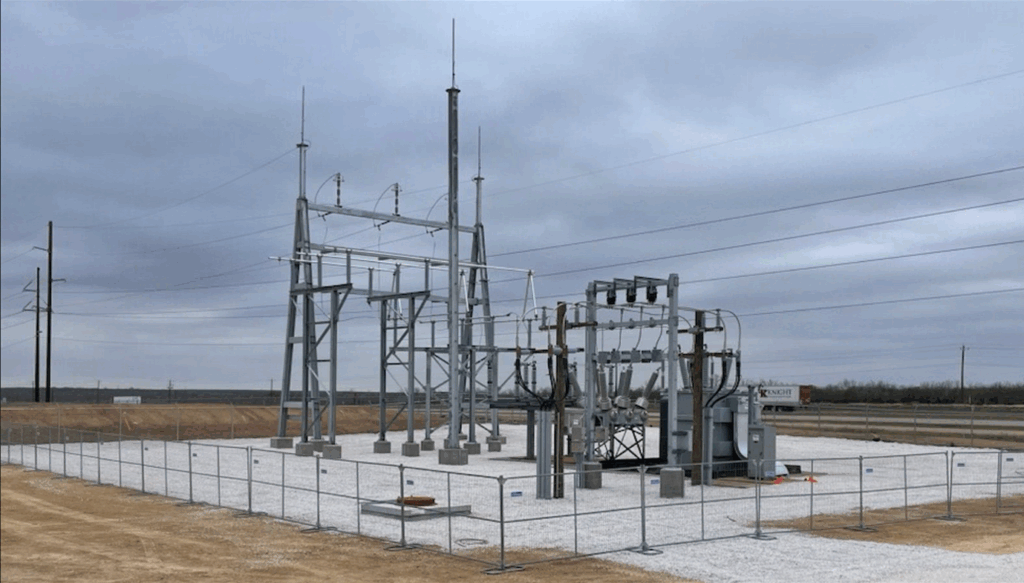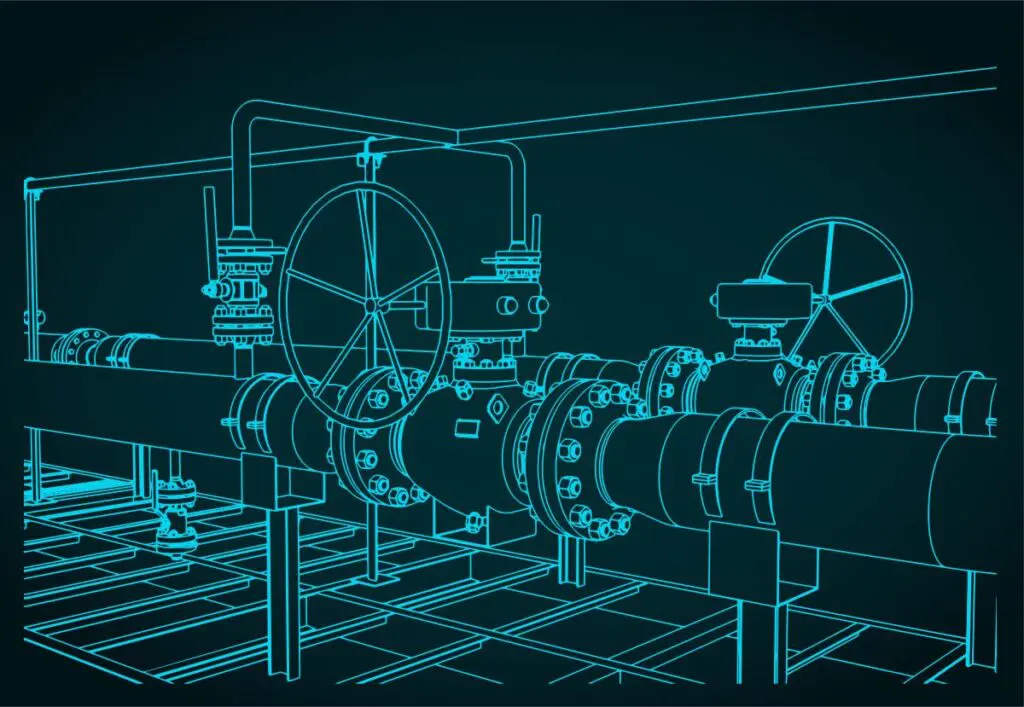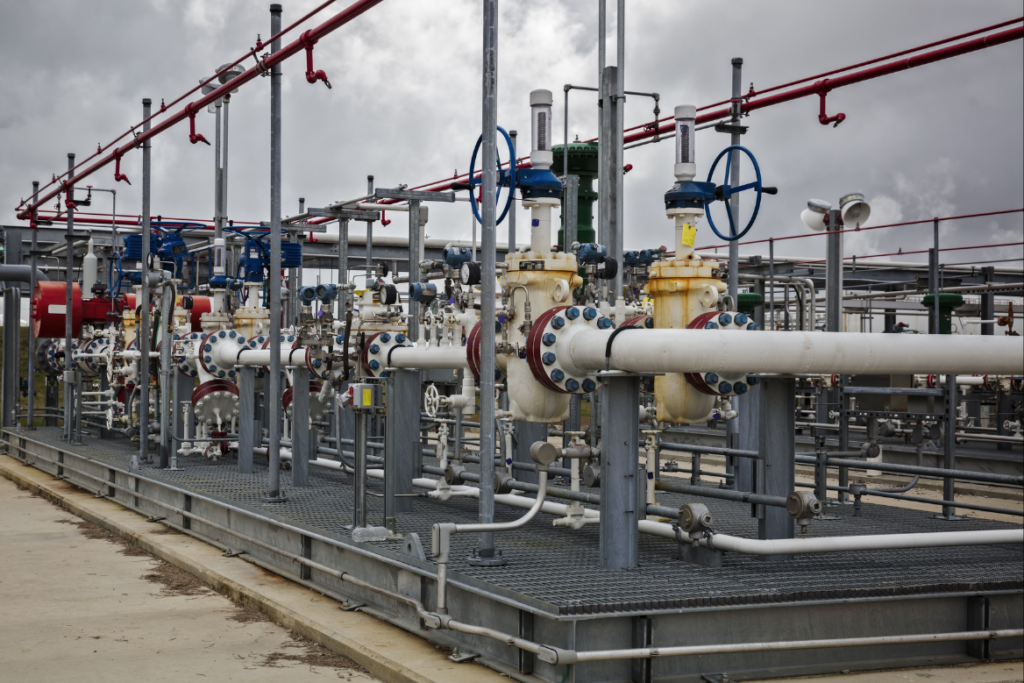

Want to share this article?
Study Shows Pipelines are Safest Way to Transport Oil
As crude output from shale plays in the Midwest and Texas push pipeline capacity to its limits, the use of alternative transport methods to get oil from well sites to refiners have become increasingly prominent.
In Bakken especially, railcars and highway tanker trucks have been the most widely used modes of delivering crude to end-users (other than pipelines), but after a number of costly accidents in recent years, their safety is being called into question.
Since 2008, nearly 3 million gallons of oil have been spilled from freight trains alone. Though many of the incidents that resulted in those spills were relatively minor, some were extremely costly – the most notable of which was the Lac-Megantic derailment in Quebec last year that killed 47 people and decimated an entire town.
Currently, about 70% of petroleum products in the U.S. are shipped by pipeline, and while many politicians and environmentalists continue to voice their disapproval of more pipe infrastructure in many states, records have shown that it is the safest method of oil transport, and by a relatively wide margin.
According to a study done by the Manhattan Institute for Policy Research, which looked at industry statistics from 2005 to 2009, oil shipment by road was the most dangerous transport method with an incident rate of 19.95 (measured in number of incidents per billion ton-miles). Second to that was railway with an incident rate of 2.08. The safest mode of transport was hazardous liquid pipeline, which had an incident rate of just 0.58.
In other words, from 2005 to 2009, rail and road caused about 30 times as many injuries that required hospitalization as pipelines.











